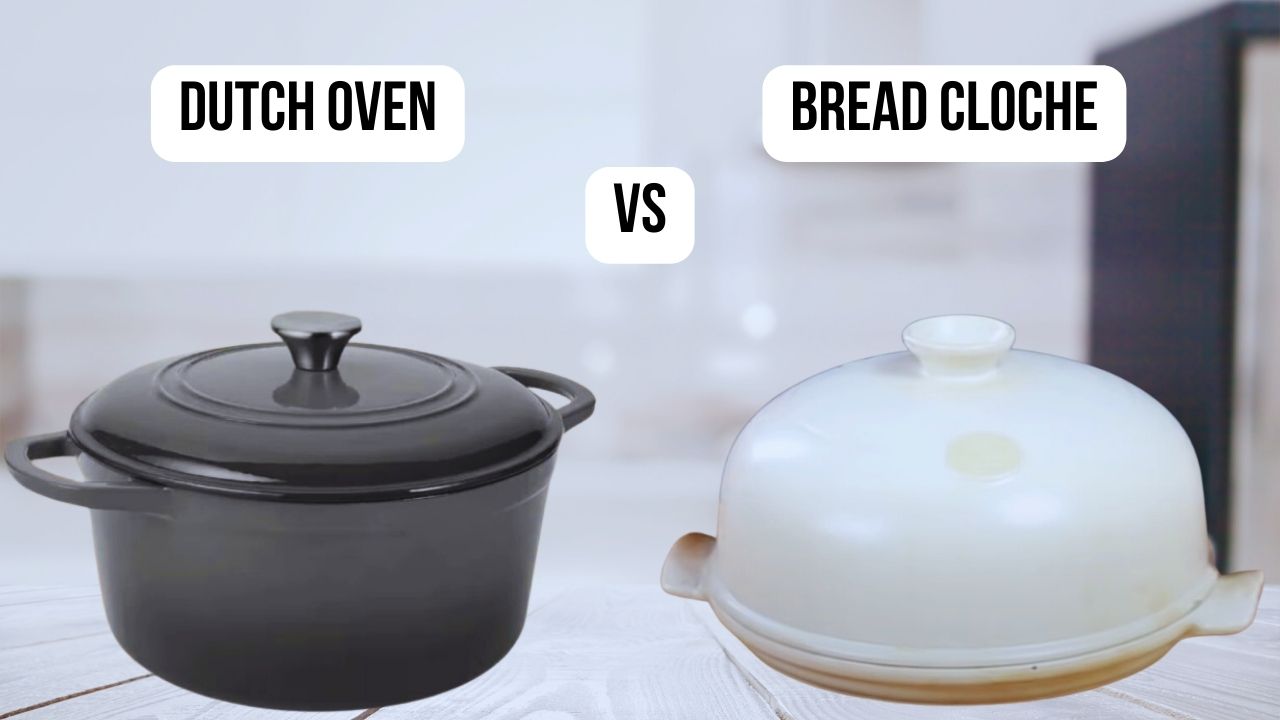When it comes to baking artisanal bread at home, two popular tools frequently come to mind: the bread cloche and the Dutch oven. These kitchen essentials offer unique advantages when it comes to bread-making, but they also have differences.
In this article, we’ll delve into the characteristics of these two baking vessels, explaining what a bread cloche and a Dutch oven are and providing a comprehensive comparison of their material, usage, and cooking performance.
What is a Bread Cloche?
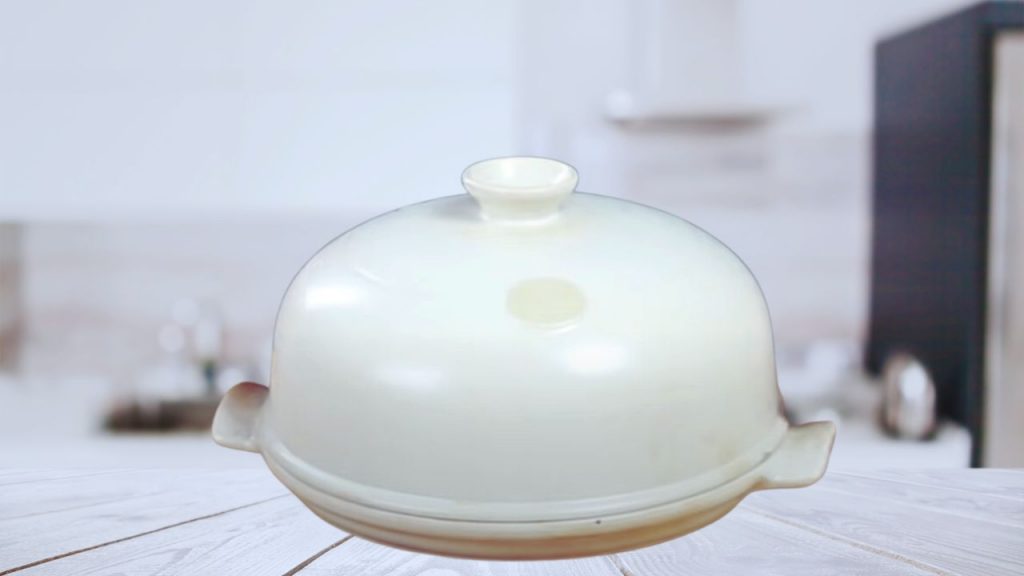
A bread cloche, also known as a bread baker or clay baker, is a baking tool made specifically for baking bread. It is typically made from ceramic or clay materials, with a domed or lidded structure that mimics the environment of a professional bread oven.
The cloche’s design traps steam generated during the baking process, creating a humid and controlled atmosphere that yields a crispy crust and soft, airy crumb in the bread.
What is a Dutch Oven?
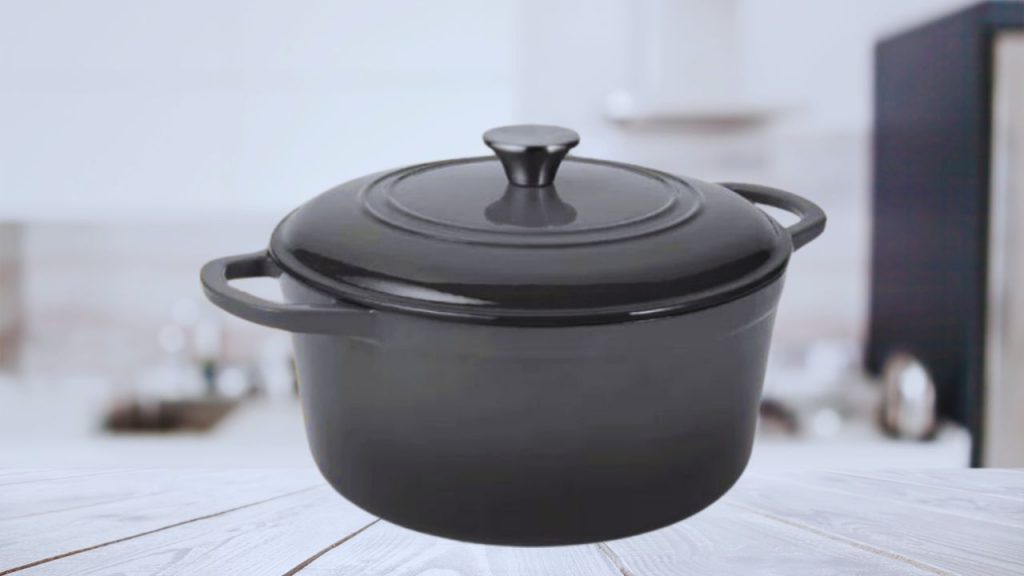
A Dutch oven, on the other hand, is a versatile piece of cookware commonly used for slow-cooking stews, soups, and braised dishes. Dutch ovens come with a heavy, tight-fitting lid, which helps in heat and moisture retention during cooking.
Comparison
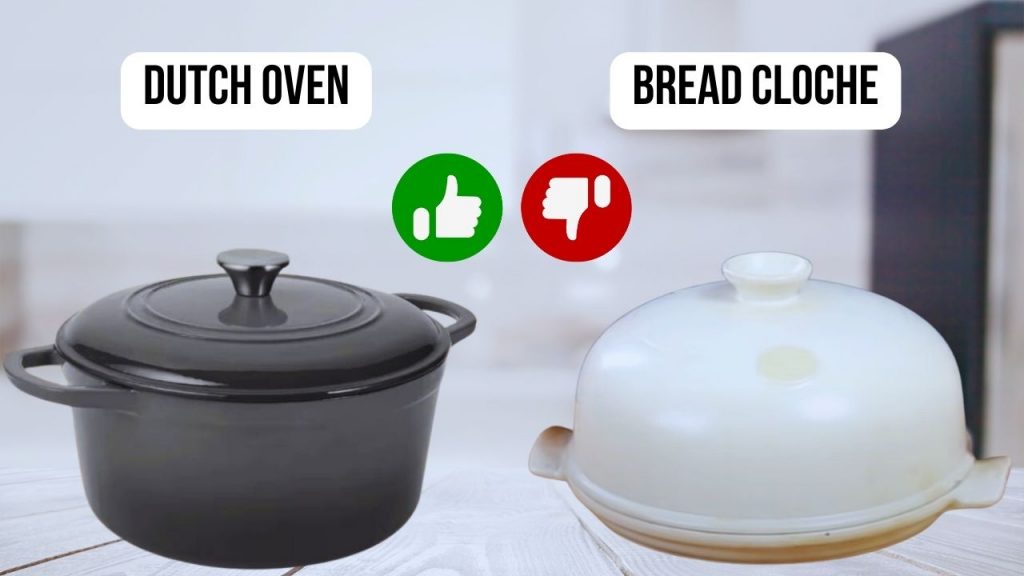
Origin
Using cloches for bread baking has its roots in traditional European bread-making techniques, particularly in France. French bakers have long used cloches or cloche-like domed structures to mimic the controlled steam environment of professional bread ovens.
The use of bread cloches in home baking gained popularity in artisanal bread communities and among bread enthusiasts seeking to replicate European-style bread at home.
On the other hand, the term “Dutch oven” is not of Dutch origin. In the Netherlands, it is called a “braadpan,” which translates to a frying or roasting pan. The modern Dutch oven design, often made of enameled steel, is ideal for indoor kitchens and is compatible with gas and induction cooking. It differs significantly from its historical counterparts used by early American settlers.
Material
Bread Cloche is primarily made from ceramic or clay, which efficiently retains and distributes heat, creating an oven-like environment for baking bread. While ceramic cloches are excellent for heat retention, they may be more fragile and need careful handling.
On the other hand, Dutch ovens are predominantly constructed from cast iron, which offers exceptional heat retention and distribution properties. Enameled Dutch ovens provide added benefits such as non-stick surfaces and resistance to acidic ingredients.
Heat Source Compatibility
Bread cloches are typically designed for use in conventional home ovens. They are usually compatible with electric ovens, gas ovens, and even wood-fired ovens.
They are not suitable for stovetop use, open flames, or direct contact with high heat sources, as their ceramic or clay material may break when exposed to extreme temperatures.
Conversely, Dutch ovens are highly versatile when it comes to heat sources. They can be used in conventional ovens, on stovetops (electric and gas), over open flames, and even directly in contact with coals or campfire embers.
Usage
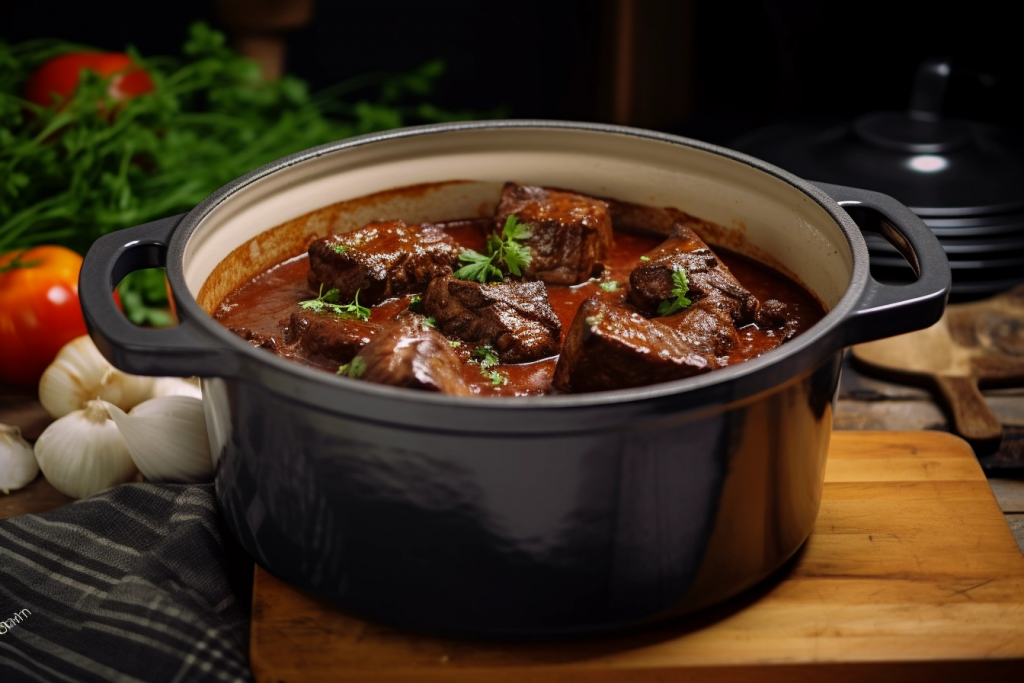
A bread cloche is explicitly designed for baking bread. Its enclosed structure traps steam, ensuring the bread’s crust becomes beautifully crispy while the interior remains soft and airy. It’s a single-purpose tool but excels in its intended use.
Meanwhile, Dutch ovens can be used for many cooking methods, from baking bread to searing, frying, and slow cooking. Their versatility makes them a valuable addition to any kitchen, but they may not provide the same humidity control as a bread cloche when baking bread.
Cooking Performance
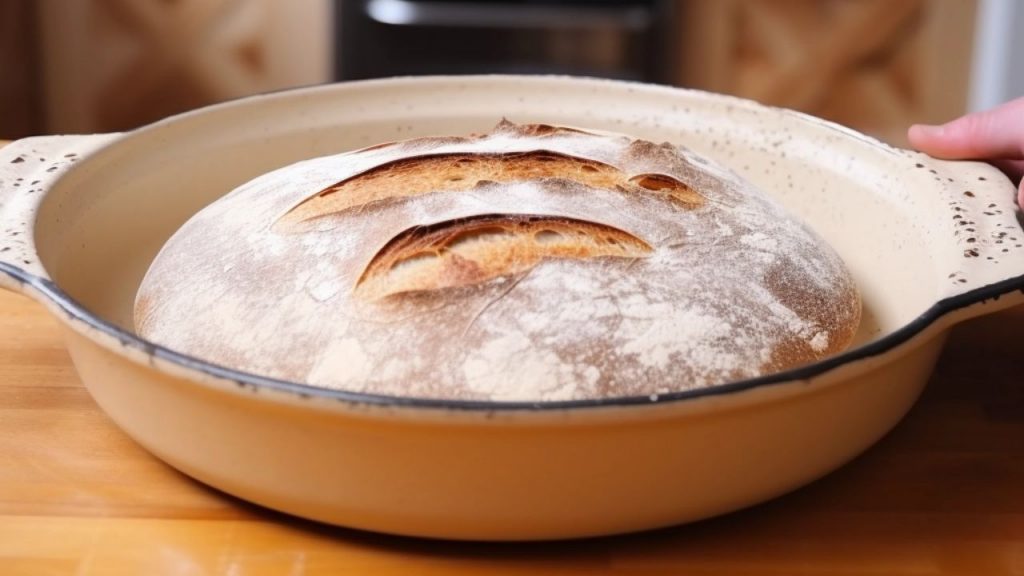
Bread cloches are excellent in creating a perfect bread-baking environment. The enclosed space allows for exceptional steam retention. Hence, you can produce crusty, artisanal loaves with a beautiful rise. It’s a top choice for bread enthusiasts looking for bakery-quality results.
Dutch ovens can also produce excellent bread, with the heavy lid helping to trap steam and create a desirable crust. While the results are impressive, the versatility of Dutch ovens may not match the precision of a bread cloche when it comes to bread baking.
Conclusion
In summary, both the bread cloche and Dutch oven have their unique merits in bread baking. You can choose which one to use depending on your specific needs and preferences.
If you’re a devoted bread baker looking for professional-quality loaves, a bread cloche is a specialized tool worth considering. On the other hand, if you value versatility and want a cookware piece that can handle a variety of dishes beyond bread, a Dutch oven is the way to go.
Whichever you choose, these two can elevate your home baking experience and lead to delicious results.
Chef Bradley Thompson highly recommends to check his list of the best Dutch ovens.

